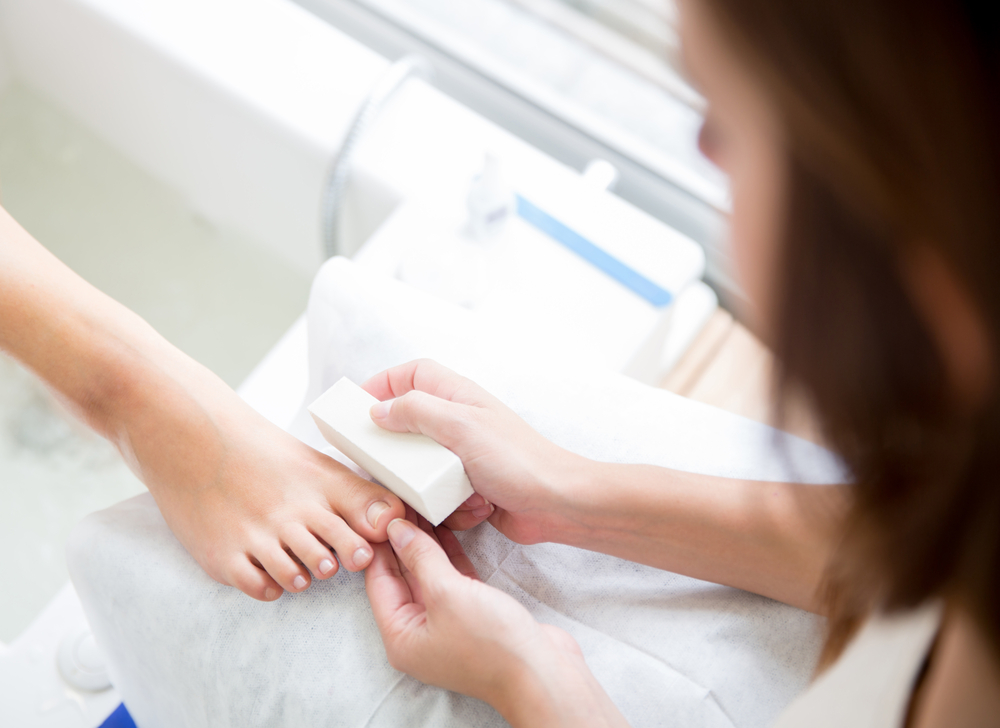
When it comes to overall health, one part of the body that is neglected when it comes to disease prevention are the nails. Yes, we trim our nails every week or two, but then after that, very little attention is paid to their health. No matter how sturdy our nails seem, there are still certain diseases that can infect them.
Most of the time, nail infections are neither painful nor bothersome. However, there are some telltale signs that one may be able to watchful for that indicate disease. In this article, we will discuss a few indications that may point to the presence of nail disease.
Types of Nail Diseases: What They Are And Symptoms To Look Out For
You may not be aware that you may have a nail disease, at least not right away. There are some forms of diseases that come without warning at all. However, there are also instances where you will experience pain and discomfort on your fingers and toes, especially when you walk. Here are five of the most common nail diseases and how to tell if you have them:
1 - Discoloration Of The Nails
Discolored nails come in dull shades of yellow or brown. Healthy nails are a light pink—any other color may be an indication that something is wrong. There may be many reasons for discolored nails. Lifestyle factors and choices such as smoking tobacco may affect the color of a person's nails. Also, certain medications and infections may change the color.
To avoid nail discoloration, one should refrain from biting and causing damage to them. Keeping your nails whole and intact will also help to prevent bacterial infections that cause discoloration. Improving your habits and lifestyle choices by quitting smoking will also ensure pink, healthy nails.
2 - Chronic Paronychia
Chronic paronychia presents as a thickened, red nail. Most of the time, this condition is caused by an allergic reaction or fungal infection to the nails. Nail discoloration may also result from chronic paronychia.
3 - Nail Trauma
If you had experienced trauma to your foot and nails, your nails may end up being damaged by the trauma. If your nails get broken, bacteria, fungus and other microbes may be allowed to get under the nail and cause an infection.
Seeking treatment for nail trauma will help you avoid getting an infection. You will be able to have your nail cleaned so that it will be able to heal properly and without any infections.
4 - Ingrown Nails
Ingrown nails occur if one wears shoes that are too tight or if they cut their nails the wrong way. Cutting the nails too short or at an angle may encourage your nails to grow over the soft tissues of your toes, resulting in an ingrown nail. You can get rid of an ingrown nail by cutting the nail straight and wearing shoes that are the right fit.
Conclusion
If you notice that your nails are discolored or have deformities making the nails look out of proportion, you may have an undiagnosed disease in your nails. It is best that you seek a proper diagnosis from a dermatologist to know how to treat your nail disease. You may also need to work with a physiologist to help you overcome any pain that accompanied your nail disease. Working with a skilled podiatrist will be effective if you suffer from nail trauma and ingrown nails.
Whether you seek relief from pain in your feet in support of a nail disease treatment or if you need remedial massages, AnytimePhysio can help you! If you are looking for cheap physio in Brisbane, book a session with us and let us help you manage your pain.

